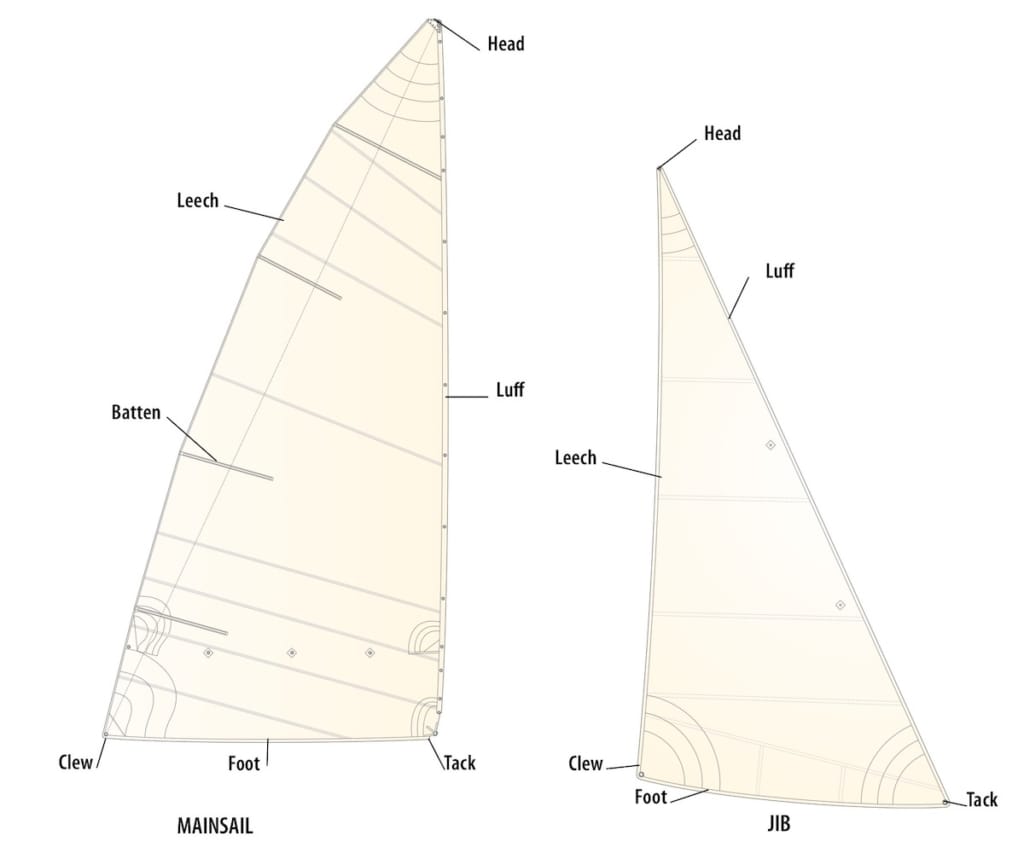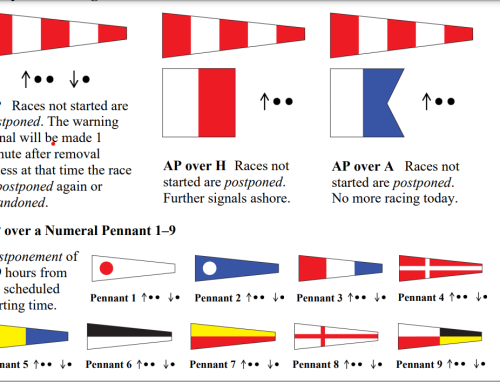Part 7: Trimming the Mainsail (continued)
David Greene continues his series on owning and racing a racing cruiser:
There are a couple of golden rules for setting up and trimming your mainsail. If you follow these, and get them right, you’ll probably be 90% of the way to getting the best out of your mainsail.
Firstly, concentrate on the aft two-thirds of the mainsail, particularly as the wind rises. The front of the main tends to be affected by the confused airflow between the back of the genoa and the front of the mainsail (known as the “slot”).
Secondly, a well-trimmed and balanced mainsail should generate a small amount of weather helm (the tendency of the bow to push to windward). Although it varies from helmsman to helmsman, on White Pearl our preference is for about 5 degrees of weather helm. This can be induced by bringing the traveller to windward.
Thirdly, concentrate on the very top batten of your mainsail. This batten should be parallel to your boom. When you ease the mainsheet, the top batten tends to fall to leeward, and when you tighten the mainsheet it brings the top batten parallel to the main. Tighten the mainsheet too hard and the top batten kicks to windward. To check on this, watch the very top telltale which should be positioned on the leech at the aft end of the top batten. This telltale should be streaming aft about 60%-80% of the time. If its curling around to leeward of the main, ease the mainsheet a little.
Fourthly, the traveller needs to be continually adjusted but always remember that the boom should rarely be above the centreline, because it usually stalls the main.
On the other hand, if you have to consistently drop the traveller to leeward, it means you are over-powered and should consider reefing the mainsail. I know its tempting to cleat off the mainsheet and the traveller when you’ve set it up, but I hate to see that – it’s a sign of a lazy mainsail trimmer. Whoever is trimming the main should always have the mainsheet and traveller in their hand, ready to adjust.
Finally, the trimmer (whether it’s the mainsail or spinnaker trimmer) will always feel changes in wind speed a fraction of a second before the helm. When the wind picks up, the trimmer feels a slight increase in the tension on the sheet, and when the wind dies off, tension comes off the sheet. That’s why constant communication between the trimmer and the helm is so important – the helm may ask for some sail adjustment to keep speed , whilst the trimmer can warn the helm of wind changes. Years ago the actor Bob Hoskins made a TV commercial for BT called “Its Good To Talk”, and on White Pearl we’re constantly talking about the boat set-up.
Editor’s Note: This series is written by David Greene, an experienced skipper from Malahide, Ireland. David has decades of sailing and racing experience, often participating in local yacht club races and regattas around Ireland with his boat, White Pearl (Elan 331). Malahide estuary is located on the east coast of Ireland, characterized by strong tides and a sandbar that restricts the draught of boats.






